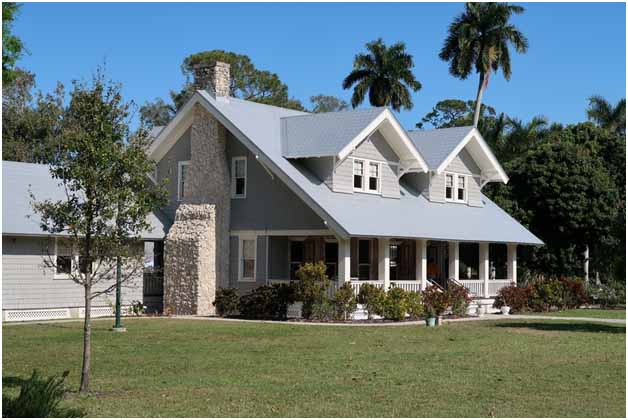The Complete Guide to Piggyback Mortgage Loans
With how fast the prices of properties are rising, buying the first house has become very hard. The rising rates increase the amount of down payment you need to pay, making it hard to secure conventional loans. Luckily, there are piggyback loans that are essentially another home loan and your primary mortgage loan to finance your property. It’s a way to lower payments while avoiding private mortgage insurance.
Traditionally, on conventional loans, you’d be required to pay at least 20% of the total value of your home. However, due to the rising prices of the property, people don’t have the 20% of the value in cash available. Various programs can offer leniency on the 20% rule, but they have their own requirements that could be hard to meet. This is why piggyback loans are a great alternative financing option for your second home.
The Different Types of Piggyback Loans and How They Work
The process of piggyback loans is easy to understand. The first thing you need to know is that with piggyback loans, you’re financing 90% of the whole property instead of 80%. Assuming you have only $20,000 saved and the property you need to buy is valued at $200,000. So, you get a mortgage loan for $160,000 (80%). After that, you approach another mortgage lender and take another loan out for $20,000 (10%). So, the total value of mortgage loans accumulates to $180,000 (90%), and your personal savings is only 10% of the total value.
Most of the time, your primary mortgage lender will guide you on who to approach if you’re looking to get a piggyback loan. These smaller loans are mostly home equity loans that have a period of 10 years.
80/10/10

The above explanation is of 80/10/10 piggy loan, which is one of the most common strategies people choose. Essentially, 80% is your primary mortgage, 10% is the piggyback amount, and the other 10% is your personal cash.
75/15/10
The other piggyback split is the 75/15/10 in which you finance 90% through a different amount of loans. So, the instead of $160,000 (80%), you finance $150,000 (75%) and the piggyback loan will be $30,000 (15%), instead of $20,000 (10%). Your cash amount will not change in either case.
Benefits of Choosing Piggyback Loans

As discussed earlier, the biggest benefit of choosing piggyback loans over conventional loans is that you don’t have to pay the down payment of 20% from your own pocket. So, instead of waiting another few years to save enough for the total amount, you finance the property now and pay the mortgage starting today.
You can also skip private mortgage insurance (PMI) when you use piggyback loans. PMI is a form of security that private lenders demand when you get a mortgage loan with a down payment value lower than 20%.
Most of the time, properties can cost way higher than the assumed $200,000, with reports suggesting that the average value of property in the US is almost $453,000. So, when you need to finance a huge property, you might need to borrow a huge amount which could go above the borrowing limits. Instead of borrowing a huge amount, you can divide it into two loans with the piggyback loan strategy.
Eligibility of Piggyback Loans

Yes, piggybank loans seem like the best option to go for when financing your property. However, being eligible for the loan isn’t easy. You are essentially taken out two loans, so you need to show the lenders that you can afford the burden of payments for both. This means that you’ll need to have a relatively higher income before tax with a decent credit score. If you’re looking to finance your home, then you can consult the experts at Atlantic Home Capital, as they can guide you through the different options of financing.
They are a licensed mortgage lender that has expertise in helping you secure a wide range of loans. The company can help you secure piggyback loans along with conventional loans, investment loans, and modular home loans. Essentially, they are your go-to people if you want to secure any mortgage loan. So, if you’re looking to finance your new property, contact Atlantic Home Capital, and they will help you.
About the Author
The author of the blog is a veteran of the mortgage industry that has worked with countless Americans in helping them secure loans to finance their properties. They are now working as a mortgage consultant at Atlantic Home Capital to help their clients secure loans in major states across the country.


